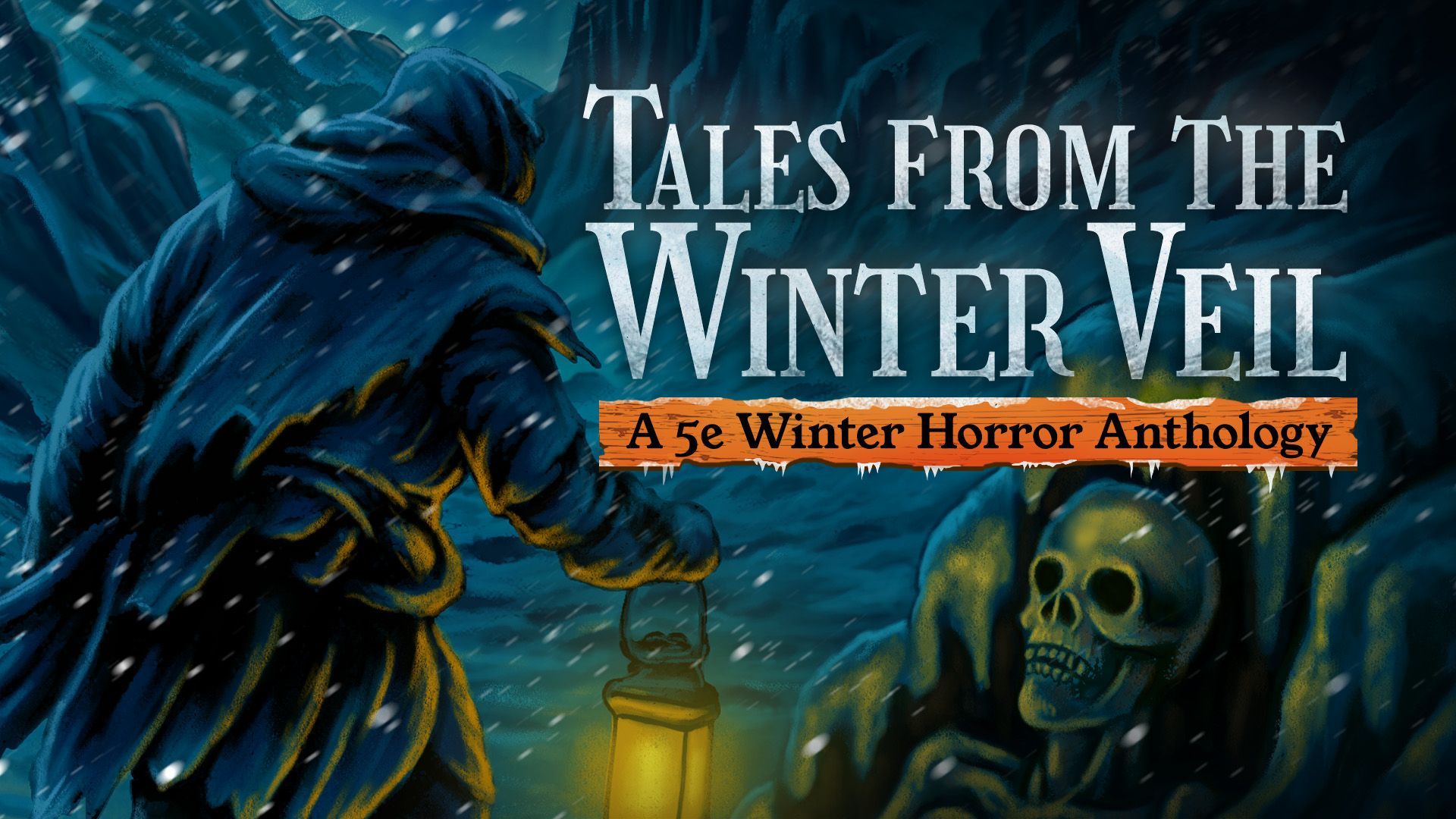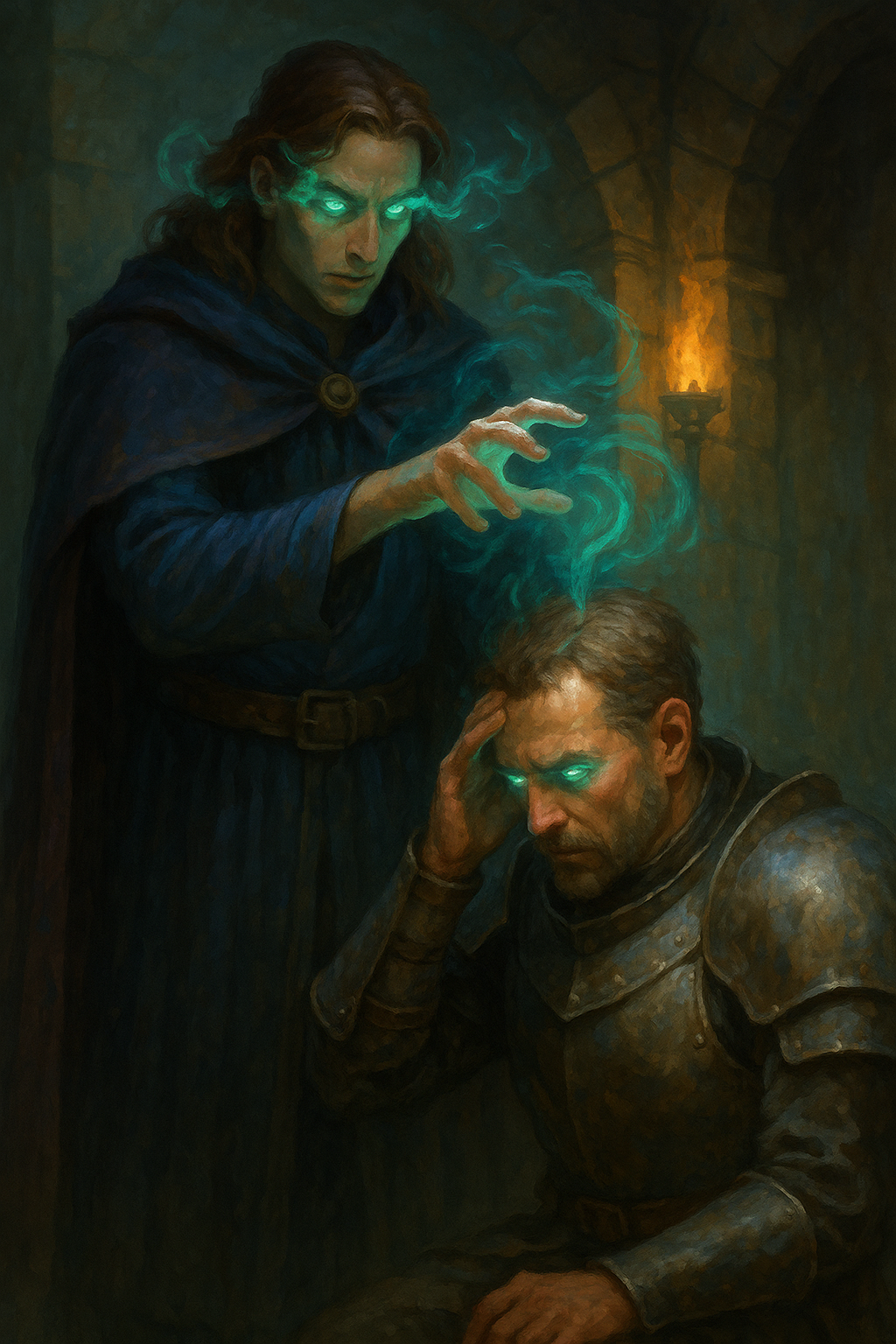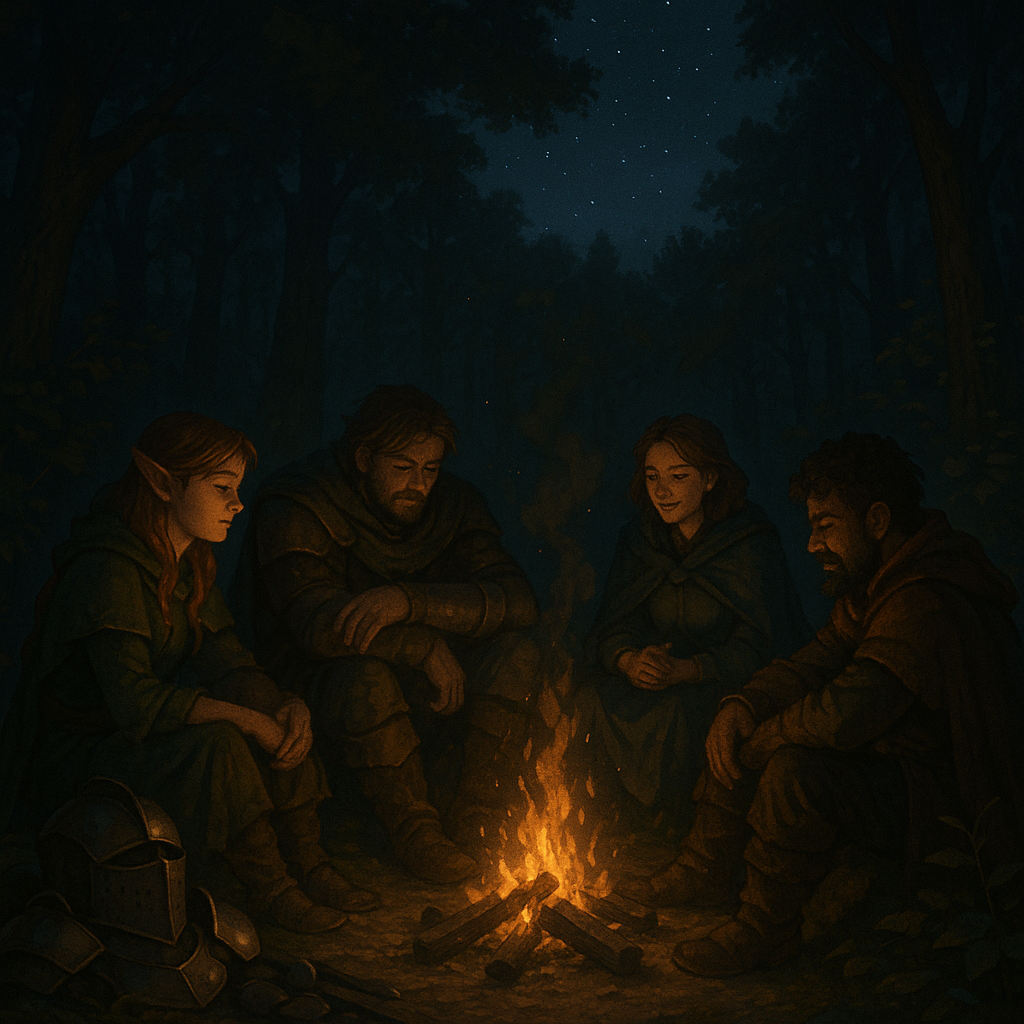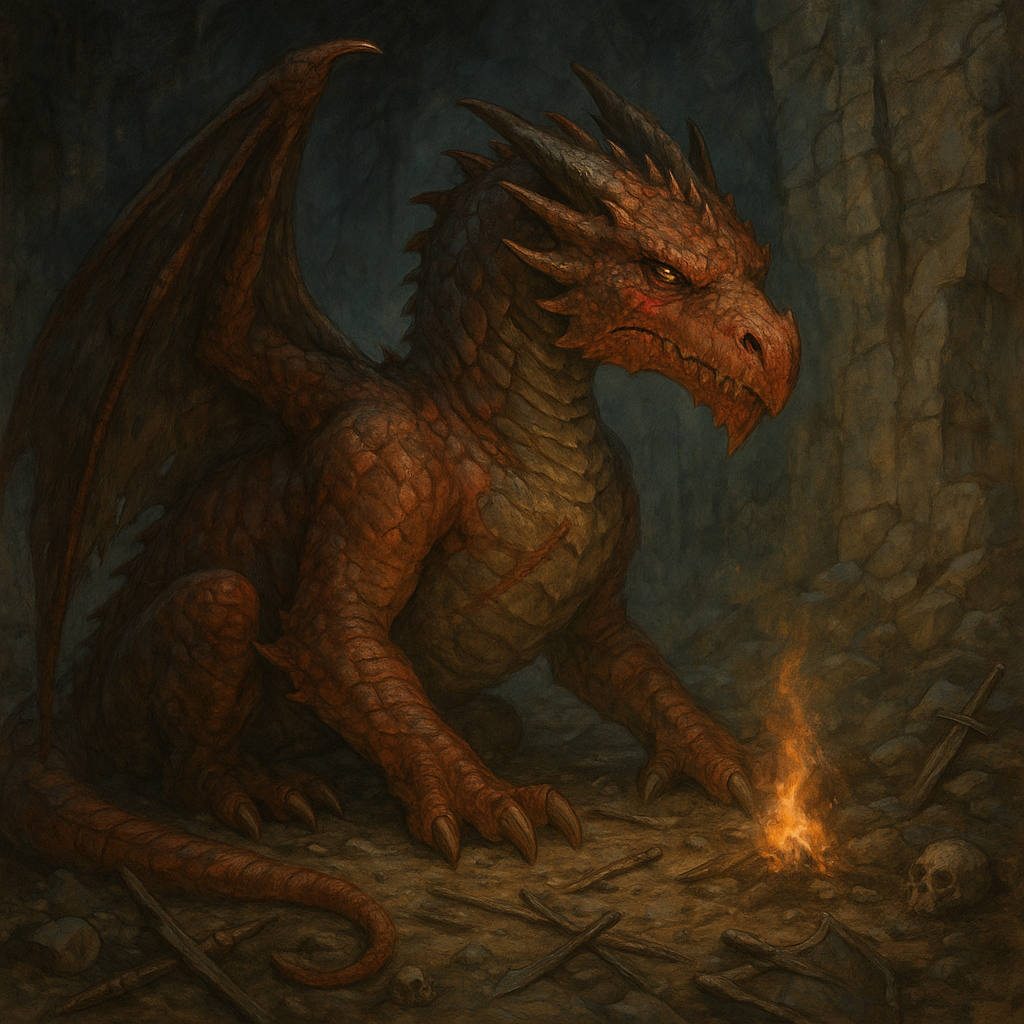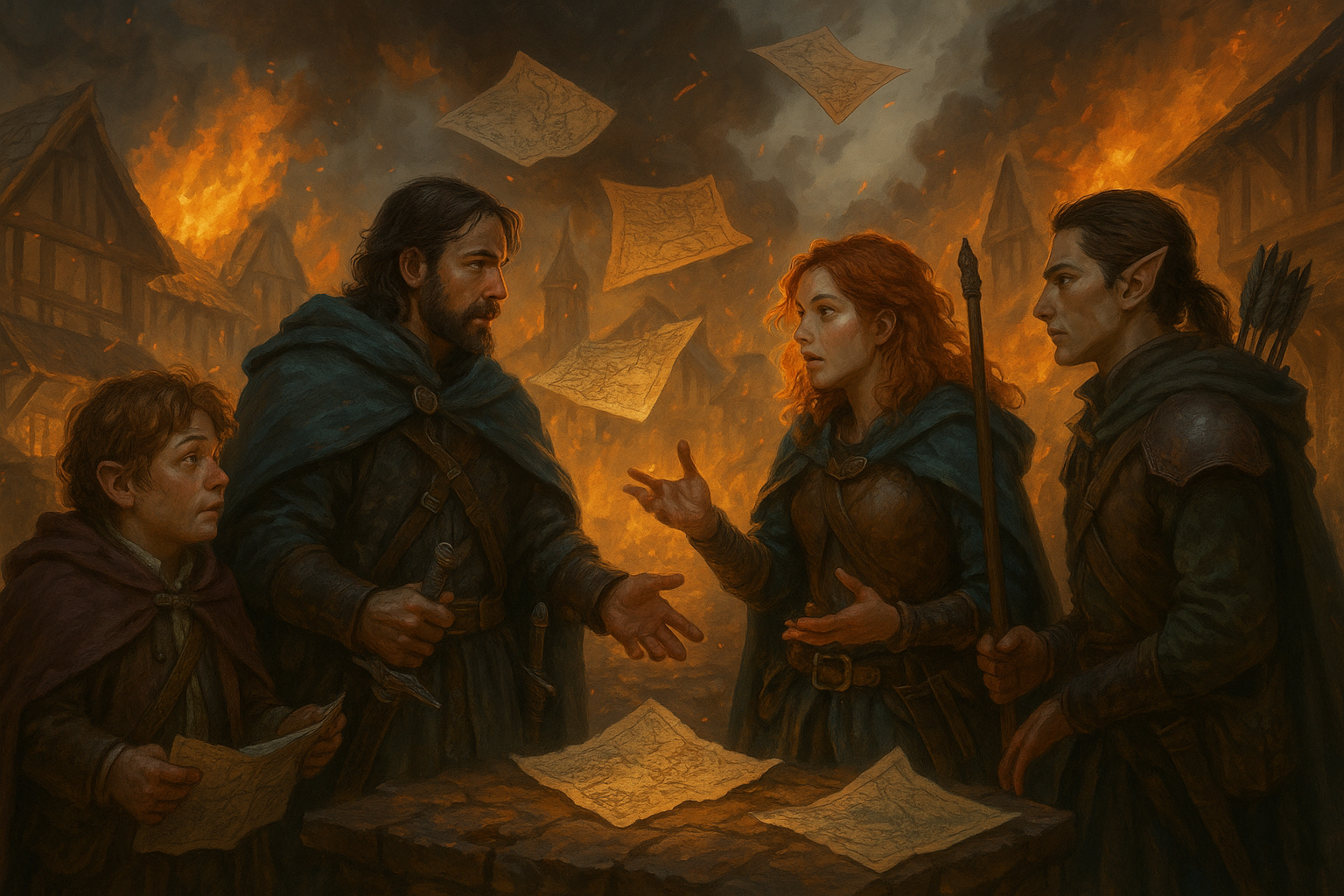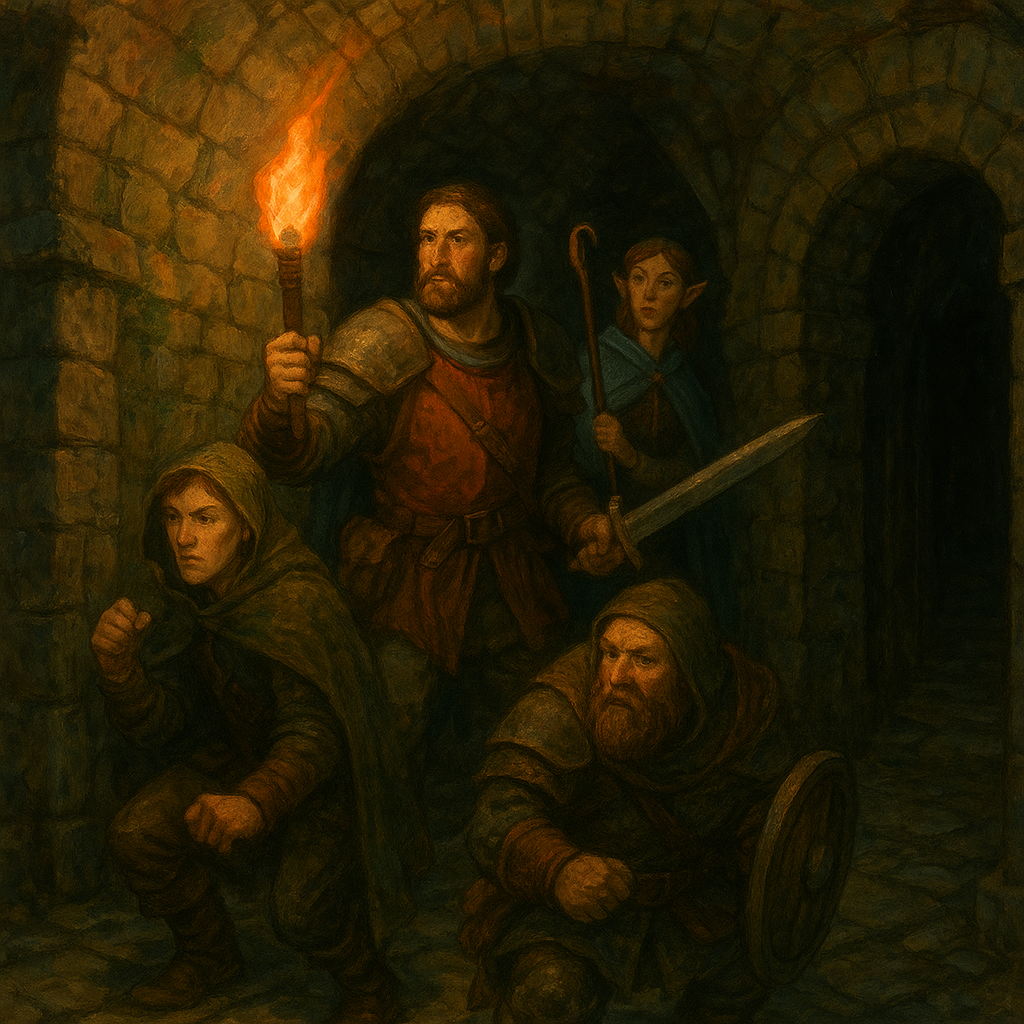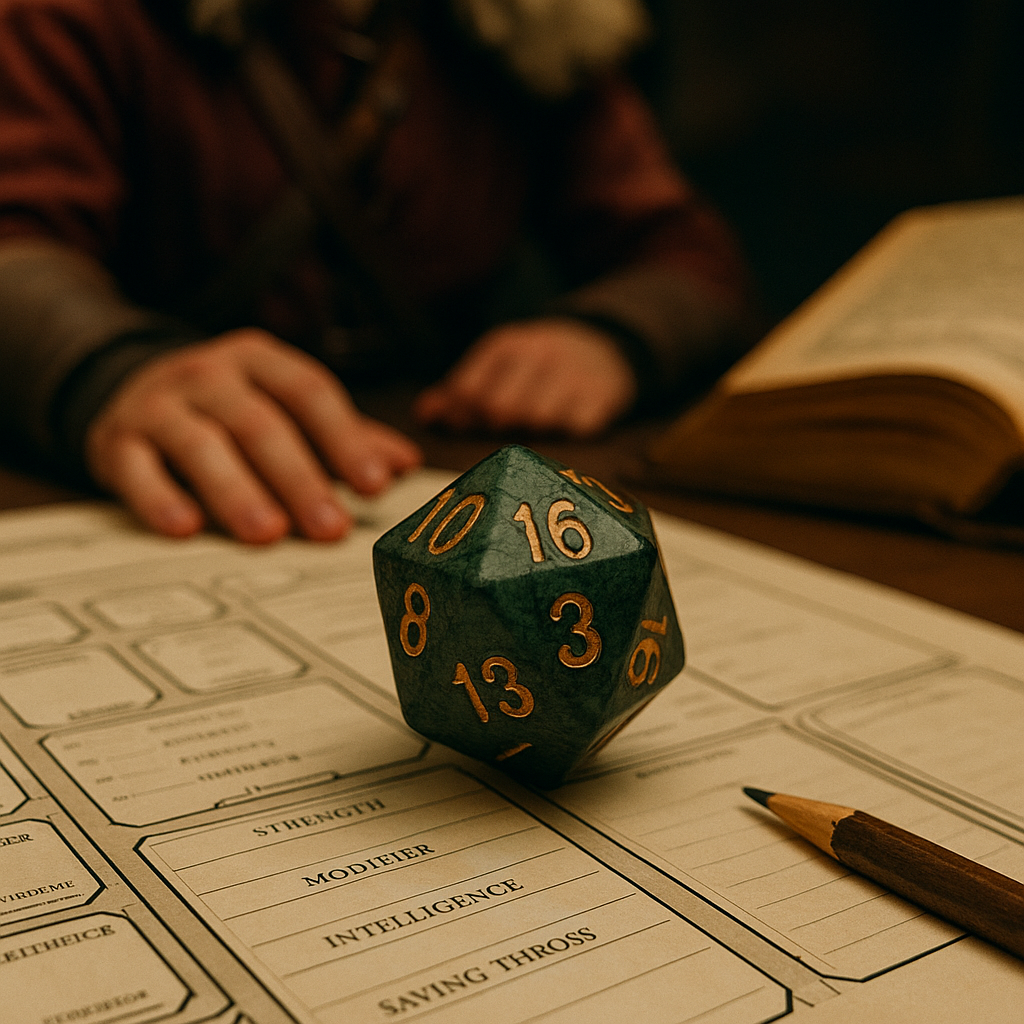Digital Enhancements for Hybrid and Online Games
Welcome...To the Future!!!

Dear Readers,
The tabletop role-playing game hobby has never been more alive, more diverse, or more technologically interwoven than it is right now. For decades, dice and character sheets were the only tools we needed—scratched onto paper, scrawled in pencil, smudged with eraser marks and pizza grease. For some of us, those are still the most nostalgic artifacts of our favorite memories.
Yet, if you’ve been paying attention over the last few years, the landscape of TTRPGs has shifted dramatically. The global pandemic accelerated an already-bubbling trend: people playing remotely, online, and through hybrid arrangements where some folks gather around a table while others log in from miles away. Virtual Tabletops (VTTs) like Roll20, Foundry, and Fantasy Grounds became household names. Discord servers turned into campaign headquarters. Streaming made TTRPGs into an artform consumed by millions, with shows like Critical Role reshaping the industry.
And for Dungeon Masters, this has opened up a wild frontier: digital enhancements.
By digital enhancements, I don’t just mean VTTs, though they’re a big part of the story. I mean music, soundscapes, props, video effects, automation, overlays, and tools that blend the tactile tradition of dice-rolling with the boundless creativity of the digital world. Today we’ll explore what digital enhancements are, why they matter, and how you can use them to take both online and hybrid games from “functional” to “unforgettable.”
1. The Promise and Peril of Hybrid Gaming
Let’s start with the elephant in the room: hybrid play.
If you’ve ever run a game where three players are in the room with you and two are logged in via Zoom or Discord, you know how easy it is for things to feel… uneven. The players around your table get the tactile benefits: rolling dice, grabbing minis, seeing the battlemap in person, feeling your energy directly. The online players, on the other hand, often get a grainy webcam shot of the map and the faint sound of laughter through a microphone.
Hybrid is tricky. But it’s also a reality of modern gaming. Friends move. Jobs relocate people. Some players may be immunocompromised (like me) or otherwise unable to gather. And none of us want to lose the connections forged through role-playing just because geography or health get in the way.
That’s where digital enhancements shine. They act as bridges. They ensure that everyone, whether sitting at your dining table or joining from halfway across the globe, feels equally present in the story.
2. The Core Categories of Digital Enhancements
When we talk about digital upgrades to the tabletop, we’re really talking about a wide range of tools. Let’s break them into categories so you can see how each one contributes to hybrid and online play:
- Virtual Tabletops (VTTs): Roll20, Foundry, Fantasy Grounds, Owlbear Rodeo.
- Communication Platforms: Zoom, Discord, Microsoft Teams, or integrated tools.
- Sound and Music Tools: Syrinscape, Tabletop Audio, Spotify playlists.
- Visual Props and Overlays: PowerPoint handouts, video stingers, OBS overlays.
- Dice Rollers and Automation Tools: D&D Beyond integration, Avrae (Discord bot), digital dice apps.
- Augmented Reality (AR) and 3D Printing Hybrids: bridging physical and digital props.
- Campaign Management Tools: Notion, World Anvil, Obsidian, Google Drive.
- Streaming Enhancements: if you broadcast your game, overlays, alerts, and scene transitions.
Each of these categories comes with both opportunities and pitfalls. Let’s unpack them one by one.
3. Virtual Tabletops: Your Digital Battlemap
For online games, the VTT is the skeleton upon which everything else hangs. For hybrid games, it’s the great equalizer.
Imagine your in-person players see your physical grid with minis. Meanwhile, your online players see a beautifully lit digital map where fog of war reveals only the rooms they’ve explored. With the right setup, both groups feel immersed.
Roll20
The “big name” for many years, Roll20 is browser-based and relatively easy to use. It’s free with optional subscriptions. Its strengths are its accessibility and its huge user base; weaknesses include a somewhat clunky interface, although this has been mitigated in recent history with updates to the interface for both DMs and Players. This is my VTT of choice!
Foundry VTT
A favorite among DMs who love customization. Foundry is a one-time purchase (around $50), and its open-source community has produced jaw-dropping mods. Dynamic lighting, animated maps, and integration with other tools make it a powerhouse.
Fantasy Grounds
A more “professional” VTT with deep rules automation. It can feel intimidating but is beloved by groups that want integrated rulesets for multiple systems.
Owlbear Rodeo
Minimalist and quick. Great for when you just want a shared map without all the bells and whistles.
Tip for Hybrid Play: Position a monitor at your table showing the VTT. In-person players can still use minis, but the map reveals, initiative trackers, and effects are mirrored online. Everyone stays on the same page.
4. Communication Tools: The Virtual Table
A VTT is nothing without clear communication. Hybrid DMs need to become part technician, ensuring microphones, cameras, and speakers are properly set up.
- Discord: The king of hobby communication. Free, flexible, with bots like Avrae for dice rolling and campaign integration. You can make custom channels for in-character RP, out-of-character chatter, and GM announcements.
- Zoom: More familiar for non-gamers, with great video stability.
- Teams / Google Meet: Viable options, though less hobby-tailored.
Hybrid Hack: Invest in an omnidirectional microphone (like a Blue Yeti in omnidirectional mode) so your online players can clearly hear everyone at the table. Conversely, have a TV or monitor display the remote players so they aren’t “just voices”—they’re faces in the room.
5. Soundscapes: Turning Imagination Into Atmosphere
Remember when games relied on a DM saying: “The cavern is quiet, except for the occasional drip of water”? Now, with a few clicks, you can actually fill your players’ ears with the eerie echo of water dripping in a cave.
Syrinscape
Purpose-built for TTRPGs, Syrinscape provides dynamic soundboards with ambient sounds, music tracks, and triggered effects. With a click, you can play “goblin battle” or “mystic temple.”
Tabletop Audio
A free alternative with 10-minute atmospheric tracks like “Elven Glade” or “Dungeon Crawl.”
Spotify / YouTube Playlists
Custom playlists let you curate mood. The danger is advertisements unless you have premium, so be mindful.
DM Trick: Use silence deliberately. After five minutes of tense ambient strings, cutting the sound entirely can make a moment hit harder.
6. Visual Props and Overlays
Handouts have always been part of D&D. Remember being passed a “weathered parchment” with a scrawled map on it? Digital props expand this tenfold.
- PowerPoint / Google Slides: Great for handouts or NPC portraits.
- Video Clips: A short video of a vision or dream sequence can be unforgettable.
- OBS / Streamlabs: If you stream, overlays can show initiative trackers, character art, or even magical effects during climactic scenes.
Hybrid Enhancement: Use a projector at your table to display handouts on the wall while simultaneously sharing them online.
7. Dice Rollers and Automation
Dice are the tactile soul of the game. But for online players, lagging webcams make it hard to trust rolls. Enter digital dice.
- D&D Beyond: With digital character sheets, players click to roll. Integrates with Twitch extensions and VTTs.
- Avrae (Discord Bot): Lets players roll in chat with full automation of abilities, spells, and conditions.
- Foundry Automation: Many modules handle initiative, conditions, and HP tracking automatically.
DM Balance: Some players miss the feel of dice. In hybrid games, encourage physical rolls for in-person players while online players use digital rollers. Announce both aloud so everyone stays synced.
8. Augmented Reality and 3D Printing Hybrids
Here’s where things get cutting-edge. Some DMs are experimenting with AR apps where players point their phone cameras at the table and see digital monsters imposed on physical maps. Others blend digital and physical with 3D-printed props, then project magical overlays onto them.
Imagine handing a player a real puzzle box, then having them scan a QR code to unlock a glowing digital rune effect. That’s the future—and it’s arriving fast.
9. Campaign Management Tools
Even before remote play, many of us had messy binders full of notes. Digital tools streamline this chaos.
- Notion: A flexible database for NPCs, session notes, and adventure outlines.
- World Anvil: Purpose-built for worldbuilding, with timelines, maps, and wiki-style linking.
- Obsidian: Markdown-based note-taking with powerful linking features.
- Google Drive / Docs: Ubiquitous and simple, with easy sharing.
Pro Tip: Share player-facing notes after each session. Online and hybrid players often miss table chatter; written recaps keep everyone on the same page.
10. Streaming and Broadcasting
Even if you’re not aiming to be the next Critical Role, broadcasting your game can enhance it. Why? Because it forces structure. It makes you think in “scenes” and “beats.” And for hybrid games, streaming tech can also ensure online players get high-quality video and audio.
Tools like OBS let you add:
- Scene transitions (cut to “battle map” view)
- Character art overlays
- Dice cams
- Ambient video loops for taverns or forests
Even a small touch, like fading in a tavern fireplace video loop while your players RP, can elevate immersion.
11. Practical Challenges of Digital Enhancements
Let’s pause for reality: digital tools are powerful, but they come with pitfalls.
- Tech Fatigue: Too many tools slow the game. Choose wisely.
- Accessibility: Not all players are tech-savvy. Keep learning curves gentle.
- Over-Immersion: Remember the point isn’t to simulate a video game—it’s to tell a collaborative story. Too many effects can crowd out imagination.
- Costs: Subscriptions add up. Syrinscape, Roll20 Plus, Foundry hosting, music subscriptions—set a budget.
Golden Rule: Every digital enhancement must serve story and player experience, not distract from it.
12. Case Study: A Hybrid Campaign
Let’s imagine a hybrid campaign in practice.
Three players are in your living room. Two join from out of state. You run Curse of Strahd.
- The Setup: A laptop with Zoom connects to a big TV, showing remote players’ faces. A Blue Yeti mic sits on the table.
- The VTT: Foundry runs the maps, shared both on the TV and to remote players. Minis still move on a physical mat, mirrored on Foundry.
- Sound: Syrinscape plays “Creepy Castle” through your living room speakers and simultaneously streams to remote players.
- Handouts: NPC portraits appear in Discord as you reveal them, while also printed for in-person players.
- Dice: Everyone rolls on their preferred medium, with results announced aloud.
- Session Recap: After the game, you post notes on Notion, linked in your Discord.
The result? Nobody feels like a second-class citizen. Everyone is equally immersed in Barovia’s oppressive dread.
13. The Psychology of Presence
Why do digital enhancements matter? Because presence is fragile. A single glitch, a muffled microphone, or a forgotten player online can break immersion. Enhancements—when chosen well—sustain presence.
When the online player hears the same soundscape, sees the same map, and gets the same handout as the in-person player, the illusion of presence holds. And when presence holds, the story thrives.
14. Future Trends: Where We’re Headed
We’re only scratching the surface of what’s possible.
- Augmented Reality Glasses: Imagine wearing AR glasses that project the dungeon onto your tabletop.
- AI Integration: Smart NPCs powered by AI to handle improv dialogue when you need a quick voice.
- Shared Cloud Dice: Rolls visible simultaneously across all devices in real-time 3D.
- Interactive Maps: Maps that respond to tokens with sound and light effects.
As these evolve, DMs will have to balance spectacle with storytelling. But one thing’s clear: the future of D&D is hybrid, online, and digital as much as it is paper, dice, and imagination.
15. Final Thoughts: Choose With Intention
Dear Readers, don’t let the dizzying buffet of tech overwhelm you. Start small. Maybe it’s just a playlist of music. Maybe it’s sharing handouts in Discord. Then, if you’re ready, expand to VTTs, overlays, and soundboards.
The heart of the game hasn’t changed: it’s still friends gathered around a story, with dice deciding fate. The digital realm doesn’t replace that magic—it enhances it, especially when distance separates us.
So whether you’re setting up a mic in your living room or tinkering with AR monster tokens, remember the golden rule: every enhancement should deepen immersion, not distract from it.
Until next time, Dear Readers…
















